Winter planting of Twombleys Red
doogan52
14 years ago
Related Stories
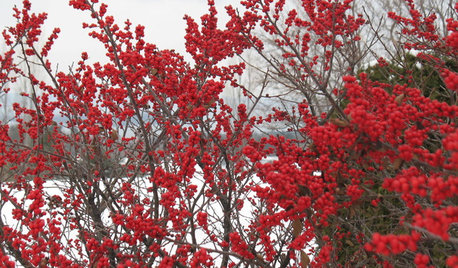
GARDENING GUIDES6 Rockin’ Red Plants for Winter Gardens
Use the bright berries or branches of these cold-climate favorites for outdoor garden interest or container arrangements anywhere
Full Story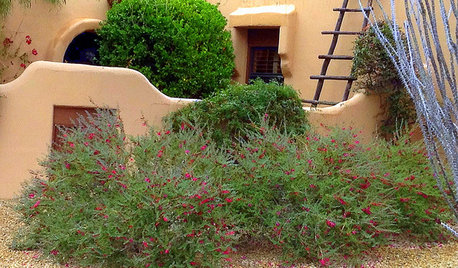
GARDENING GUIDESGreat Design Plant: Valentine Bush for Heartfelt Winter Color
Passionate red flowers from winter through spring add gorgeous color to bare Southwest landscapes
Full Story
TREESGreat Design Plant: Coral Bark Japanese Maple, a Winter Standout
Go for garden gusto during the chilly season with the fiery red stems of this unusual Japanese maple
Full Story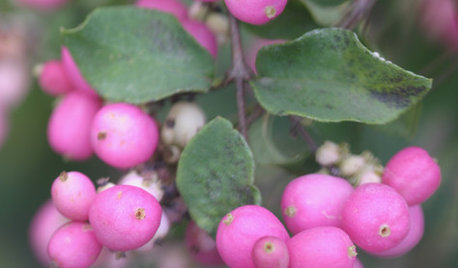
LANDSCAPE DESIGN5 Berry-licious Shrubs to Plant Now for Winter Interest
Showy color during snow season? You bet. These shrubs will wake up a garden with colorful berries when other plants are asleep
Full Story
GARDENING FOR BIRDSFeed the Birds: 6 Plants for Abundant Winter Berries
Be kind to your fair feathered friends during lean food times by planting a shrub or tree loaded with nutritious snacks
Full Story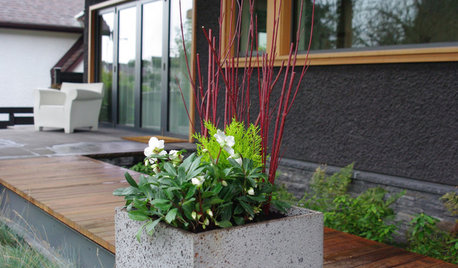
WINTER GARDENING7 Container Plantings to Bring Winter Gardens to Life
Adding instant color but with long-lasting practicality, these plant groupings are bright spots in a slumbering wintertime garden
Full Story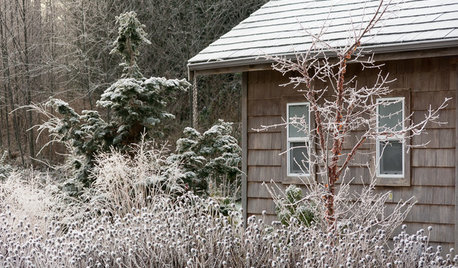
WINTER GARDENINGLook Beyond Plants for a Wonderful Winter Garden
Use sculptures, fences and other structures to draw the eye to a bare-bones landscape
Full Story
GARDENING GUIDESGreat Design Plant: Red Kangaroo Paw
Plant this dramatic perennial in fall or spring for its height, hardiness and beautiful red blooms
Full Story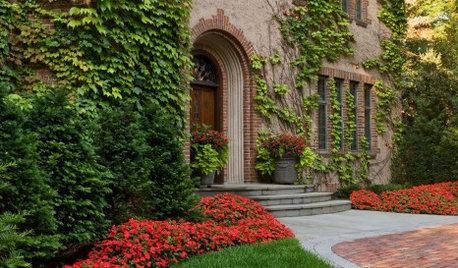
LANDSCAPE DESIGN5 Ways to Plant a Big Kiss of Red on Your Landscape
Ignite passion in your garden beds and container plantings with flowers and foliage in this dynamic color
Full Story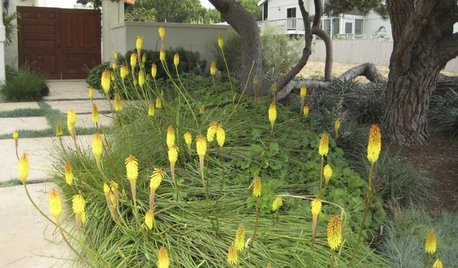
GARDENING GUIDESGreat Design Plant: Red-Hot Poker
You'll carry a torch for these spiky plants once you discover how their fiery-hued flowers can light up a landscape
Full StorySponsored
More Discussions






brandon7 TN_zone7
Embothrium
Related Professionals
Danbury Landscape Architects & Landscape Designers · Ballwin Landscape Architects & Landscape Designers · Dedham Landscape Contractors · Inglewood Landscape Contractors · Mashpee Landscape Contractors · Middleton Landscape Contractors · Seven Hills Landscape Contractors · Soddy Daisy Landscape Contractors · Norridge Landscape Contractors · Altadena Fence Contractors · North Miami Beach Fence Contractors · Richmond Fence Contractors · Simi Valley Fence Contractors · South Yarmouth Fence Contractors · Voorhees Fence Contractorspicea
gardengal48 (PNW Z8/9)
picea
gardengal48 (PNW Z8/9)
picea
Embothrium